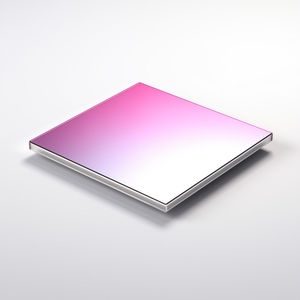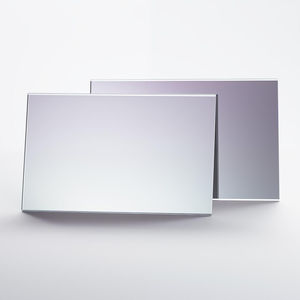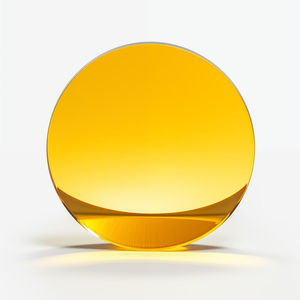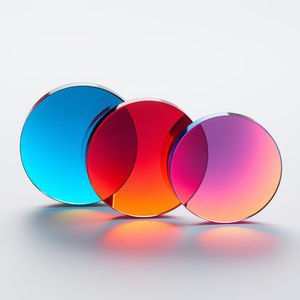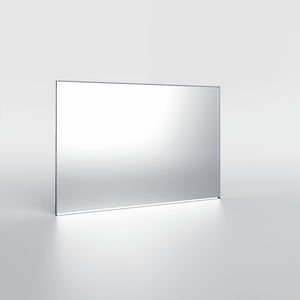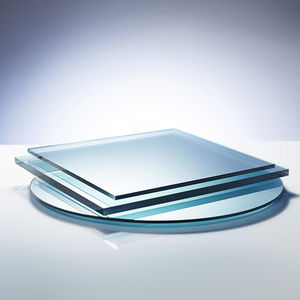

- Products
- Catalogs
- News & Trends
- Exhibitions
Rectangular optical window sapphire
Add to favorites
Compare this product
Characteristics
- Shape
- rectangular
- Material
- sapphire
Description
Wedged windows are optical windows with non-parallel surfaces. This feature is designed specifically to minimize back reflection and interference impact to optical system.
What is the angle of a wedge (wedge angle) ?
The angle between two main substrate surfaces, causing light passing through to deviate slightly is called wedge angle. It is typically very small and is used for applications such as beam steering, optical isolation, and interference control. Calculated using the difference in thickness over a given distance, precise control of the wedge angle is crucial for accurate optical performance.
Wedged substrates for laser optics
Wedges reduce ghost reflections and interference, when used as substrates for partial reflectors (cavity output couplers) as the reflection from back surface is reflected in slightly different direction. In other close-to-normal incidence angle beamsplitters (e.g dichroic mirrors), the wedged backsurface helps in similar way.
Wedged Windows for astronomical telescopes
Chromatic aberration in telescopes can be corrected by slightly diverging light paths using Alien Photonics wedged windows (optical wedges). This elimination improves image clarity, color accuracy in telescopes and astrophotography cameras.
Optical wedges for beam steering devices
Wedged windows redirect laser beams in beam steering systems. This leads to accurate alignment and positioning.
Wedged windows for imaging sensors
By adjusting the angle of incoming light, wedged windows (optical wedges) correct parallax errors and improve image alignment in imaging and observation devices.
Related Searches
- Glass lens element
- Optical prism
- Spectrum lens element
- Optical window
- Optical lens element
- Glass optical prism
- Visible lens element
- Round mirror
- BK7 lens element
- Convex array lens element
- Laser lens element
- Crystal lens element
- Silica lens element
- Spherical lens element
- Round optical window
- UV lens element
- Fused silica lens element
- Laser mirror
- Plano-convex lens element
- Cylindrical lens element
*Prices are pre-tax. They exclude delivery charges and customs duties and do not include additional charges for installation or activation options. Prices are indicative only and may vary by country, with changes to the cost of raw materials and exchange rates.






